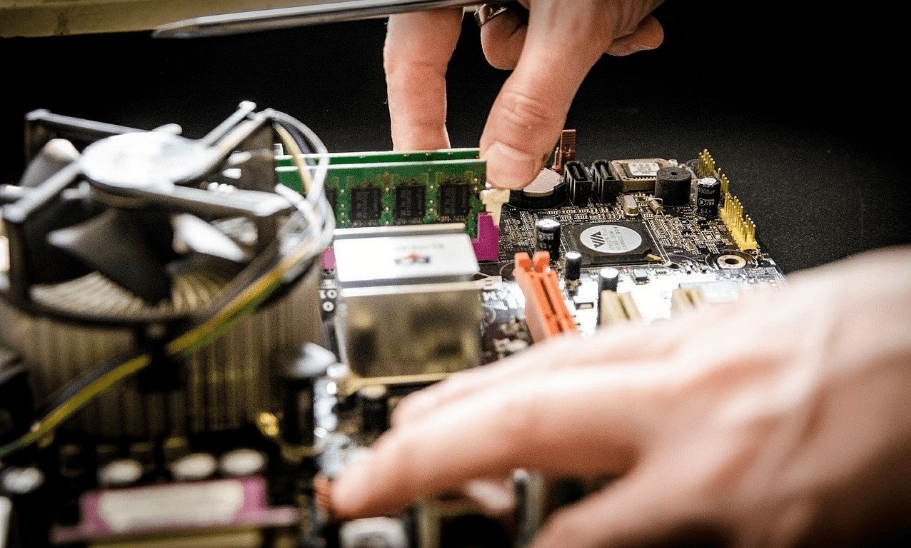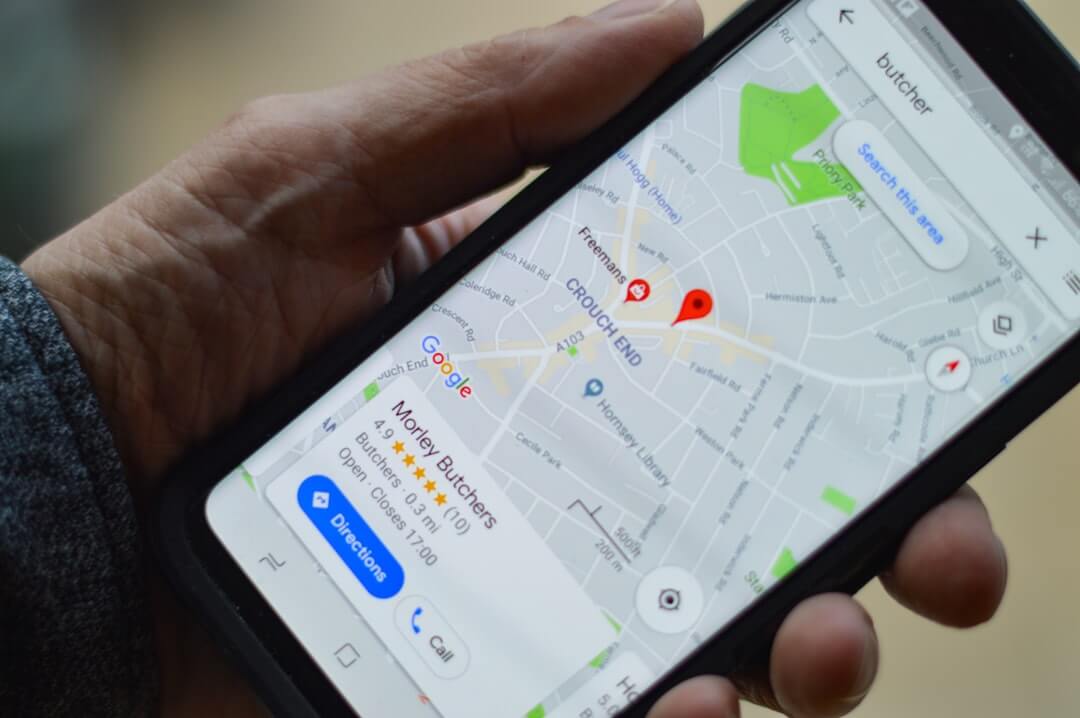In today’s day and age, we can see the incredibly influential effects technology has had on various aspects of our lives. This includes our work and education. While, like many things, technology has advantages and disadvantages, we can focus on the beneficial aspects of it to better the educational system for our children.
Technology can significantly improve our children’s education, from fostering engagement to improving educational knowledge, school security, and more. After all, education is an extremely significant and crucial aspect of anyone’s life, as it helps us pave the way for our futures.
Together, we can explore ways technology can improve education and schools. Continue reading for some of our takes on the latest technology trends for schools so you can better understand how to implement them and why they will help revamp education and schools as you know them!
Digital learning platforms
Digital learning platforms have emerged as a transformative technology trend for schools. These platforms offer students, teachers, and administrators seamless access to educational resources, course materials, and collaborative tools. By making these platforms user-friendly and highly interactive, digital learning platforms facilitate a dynamic and flexible learning experience.
Students can engage with content at their own pace, revisit lessons for better understanding, and collaborate with peers, increasing their engagement and understanding.
Furthermore, these platforms often incorporate data analytics to track student progress. This enables educators to tailor instruction to individual needs and provides valuable insights into learning patterns.
AI threat detection
Keeping our children safe and sound as they work towards an education is paramount. In light of the recent news of dangers surfacing in schools, it is imperative to work on ensuring that their protection is implemented immediately, preventing further harm. We can utilize the various advantages technology offers to protect schools.
AI threat detection systems utilize advanced video analytics and surveillance technology to monitor school premises in real time. Analyzing patterns, these systems can identify unusual activities, unauthorized access, or potential threats. This secure approach allows schools to respond swiftly to suspicious behaviour, preventing incidents from escalating into truly dangerous ones.
This school security solution is especially useful as it surpasses humans’ capabilities in terms of object recognition and tracking. This reduces stress and fear as school security is improved.
Online classes
Ever since the COVID-19 pandemic, online classes have gained popularity. As the name suggests, online classes are virtual educational experiences delivered over the Internet, allowing students to access and participate in courses remotely.
Online classes allow teachers and students to work from home. Despite their decreasing presence now, the flexibility provided is particularly beneficial for students who face geographical barriers, health challenges, or other constraints. This might limit their ability to attend in-person classes.
Furthermore, online classes can offer cost-effective solutions for schools and students! Physical infrastructure and resources are significantly reduced, leading to cost savings. Additionally, students can save on commuting expenses, making education more financially accessible.
Virtual reality education
Virtual reality, or VR, is a computer-generated simulation of a three-dimensional environment that individuals can interact with and explore using specialized electronic devices, typically through headsets, to create a realistic and immersive experience.
Educators can transport students to spaces that further their education by integrating VR into classrooms. For example, transporting students to a historical location during a history lesson can help students truly understand the lecture contents. Therefore, virtual reality education captures students’ attention and cultivates curiosity and exploration, making learning enjoyable and memorable.
Students can participate in virtual group projects, conduct experiments in simulated environments, and engage in problem-solving scenarios, all within virtual reality. Since this technology transcends the four walls of a classroom, it offers an incredibly dynamic learning environment.
While this option is more pricey, it will surely improve attention and, in turn, increase grades and knowledge!
Using games to learn
Playing technological games is another fantastic way to use technology to enhance students’ education. Educational games are designed to immerse students in interactive, scenario-based challenges that require critical thinking and problem-solving skills. By incorporating such games into the academic curriculum, educators can create an environment where students actively participate in their learning journey.
These games reinforce academic concepts and allow students to partake in group work, improving their communication while enjoying themselves.
Blockchain technology
Blockchain technology advances in education, improving academic records management’s transparency, safety, and effectiveness. Blockchain can help schools store and confirm student credentials, certificates, and transcripts. This simplifies the validation process for employers and higher education institutions while giving students more control over their academic achievements.
Augmented reality
Augmented reality (AR) can transform classroom experiences by adding digital information to our physical surroundings. AR apps can create interactive and captivating learning moments, letting students dive into complex topics more appealingly. For example, biology classes become more lively as students use virtual dissection to provide a hands-on experience without actual specimens.
Machine learning
Machine learning algorithms have begun to shape personalized learning experiences for students across Canada. By examining each student’s unique learning patterns, strengths, and weaknesses, tailored educational content comes to life. Adjusting the curriculum to match individual paces and learning styles makes education more effective and enjoyable. Through machine learning, both understanding and retention soar to new heights.
5G technology
5G technology ushers in a new era of speedy and reliable internet connections. For students, this translates to better access to online materials, seamless video meetings for digital classes, and effortlessly integrating high-bandwidth tech like augmented reality (AR) and virtual reality (VR) into their learning journey. With 5G comes swift data transmission, minimized lag, and a lively, engaging online education space.
Biometric authentication
Biometric authentication, like fingerprint and facial recognition technology, is becoming increasingly popular for secure and easy student identification. This technology monitors attendance, controls access to protected areas, and maintains assessment integrity. It simplifies administrative duties, improves security, and offers a modern and effective method for handling various aspects of student authentication in educational institutions.







